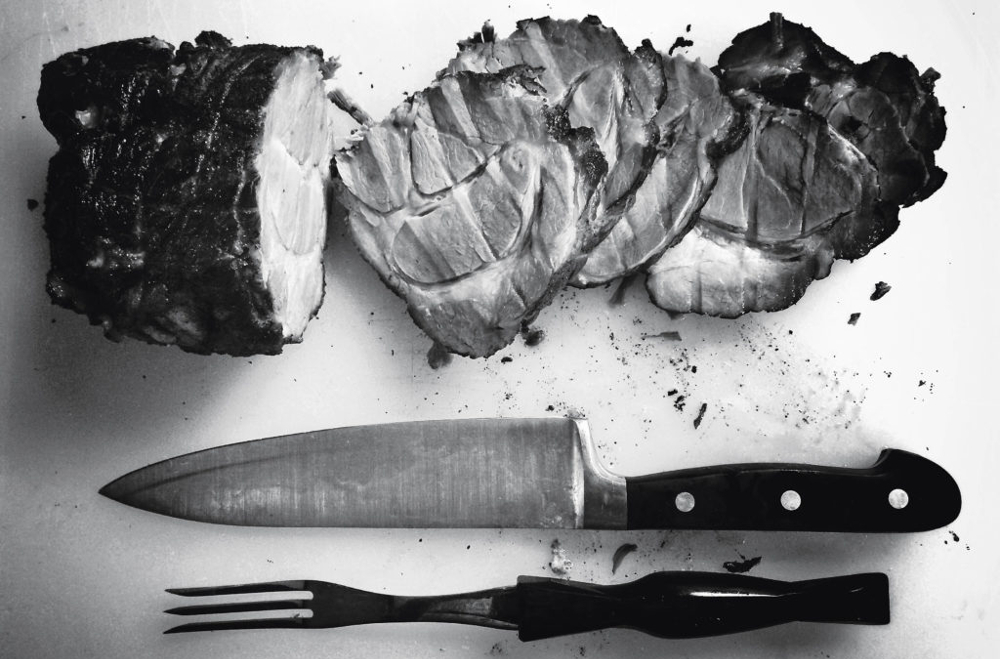Juicy burgers, fall-off-the-bone BBQ ribs, and slow-roasted pork roast. We love ‘em all, and we’re not alone. America has a love affair with all things protein, but we can’t ignore the negative environmental impact of chickens, cows, pigs, and other livestock raised for food. Choosing free-range and heritage breeds is a good start, but consumers are looking for even more sustainable alternatives.
The NRA Culinary Forecast on What’s Hot in 2017 lists “Environmental Sustainability” as a Top 10 Concept Trend (link no longer available on the NRA website). Environmentally responsible restaurants will take a big step ahead this year. The sustainable protein trend is only getting started.
Why Sustainable Protein?
A meal is not simply a meal anymore. Consumers are considering things like greenhouse gas emissions, water consumption, habitat destruction, and animal welfare when they sit down to eat.
 According to a study cited on NPR, one conventionally-produced, quarter-pound burger takes:
According to a study cited on NPR, one conventionally-produced, quarter-pound burger takes:
- 6.7 pounds of grains and forage
- 52.8 gallons of water for drinking and irrigating feed crops
- 74.5 square feet of land for grazing and growing feed crops
- 1,036 BTUs of fossil fuel for feed production and transport
You get the idea. Consumer diets have a less negative impact on the environment when they include sustainable protein.
These are some sustainable proteins we’ve been seeing that fit the trend.
Meatless Burgers That “Bleed”
These are not the crumbly, dry veggie burgers you grew up with. The Impossible Burger was engineered from wheat protein, coconut oil, potatoes, and the iron-rich molecule found in animal blood. The Impossible Burger is designed to look, smell, sizzle, and taste like a beef burger. The Impossible Burger is currently served in a handful of high-end restaurants including David Chang’s Momofuku Nishi.
Tyson Foods recently purchased a stake in The Impossible Burger’s competitor, Beyond Meats. Additionally, Tyson invested $150 million in meatless protein because it gives them “exposure to a fast-growing segment of the protein market.”
Rabbit, Venison, And Gator…Oh, My!
Wild game is naturally organic, free-range, grass-fed, and puts less of a strain on the environment. It’s typically local, so it also allows chefs to reflect regional tastes and cooking styles. Think braised rabbit loin and alligator ribs. Arby’s is currently offering venison sandwiches in select locations.
Variety Meats (They’re Not As Offal As You Think)
We’ve been talking about offal for a while. Nose-to-tail eating has been around for ages. Common in other countries and rural areas, liver, kidney, heart, tongue, and head cheese are finding their way onto restaurant menus. Create less waste by making use of the whole animal.
Sustainable Fish Trend
“Sustainable Seafood” is one of NRA’s Top 10 Food Trends in 2017 (link no longer available on the NRA website). Consumers want to know where the fish came from, how it was raised or caught, and if the species is at risk. The Monterey Bay Aquarium is an excellent resource for the best seafood choices. Look for more abundant species such as mackerel, carp, Atlantic pollock, rockfish, and skipjack to show up on restaurant menus.
Insects
You can’t have a discussion about sustainable protein trends without talking about insects. Those crunchy little critters are packed full of protein and have little impact on the environment as a food source.
As written about in Westword, Denver restaurant Linger featured “tacos topped with black-bean mole, cricket-and-cheese rellenos, tomatillo-apple salsa and batons of watermelon radish. A generous helping of crickets are mixed into three kinds of cheese — cotija, queso fresco, and cream cheese — and the tacos are then garnished with more crickets that have been fried and dusted with a tangy chile powder.”
Insects might not be everyone’s idea of a gourmet meal, but with a continued focus on sustainability, we expect to see more chefs working their craft to make this option work.
For more mainstream and not-so-mainstream restaurant trends, check out our official list of 2017 food trends.
Thanks for stopping by and reading the Food & Drink Resources blog. Here we talk about food trends, culinary innovation, and the work of our team.
